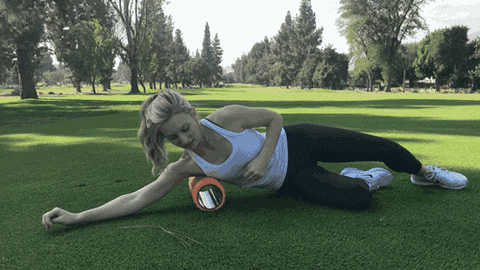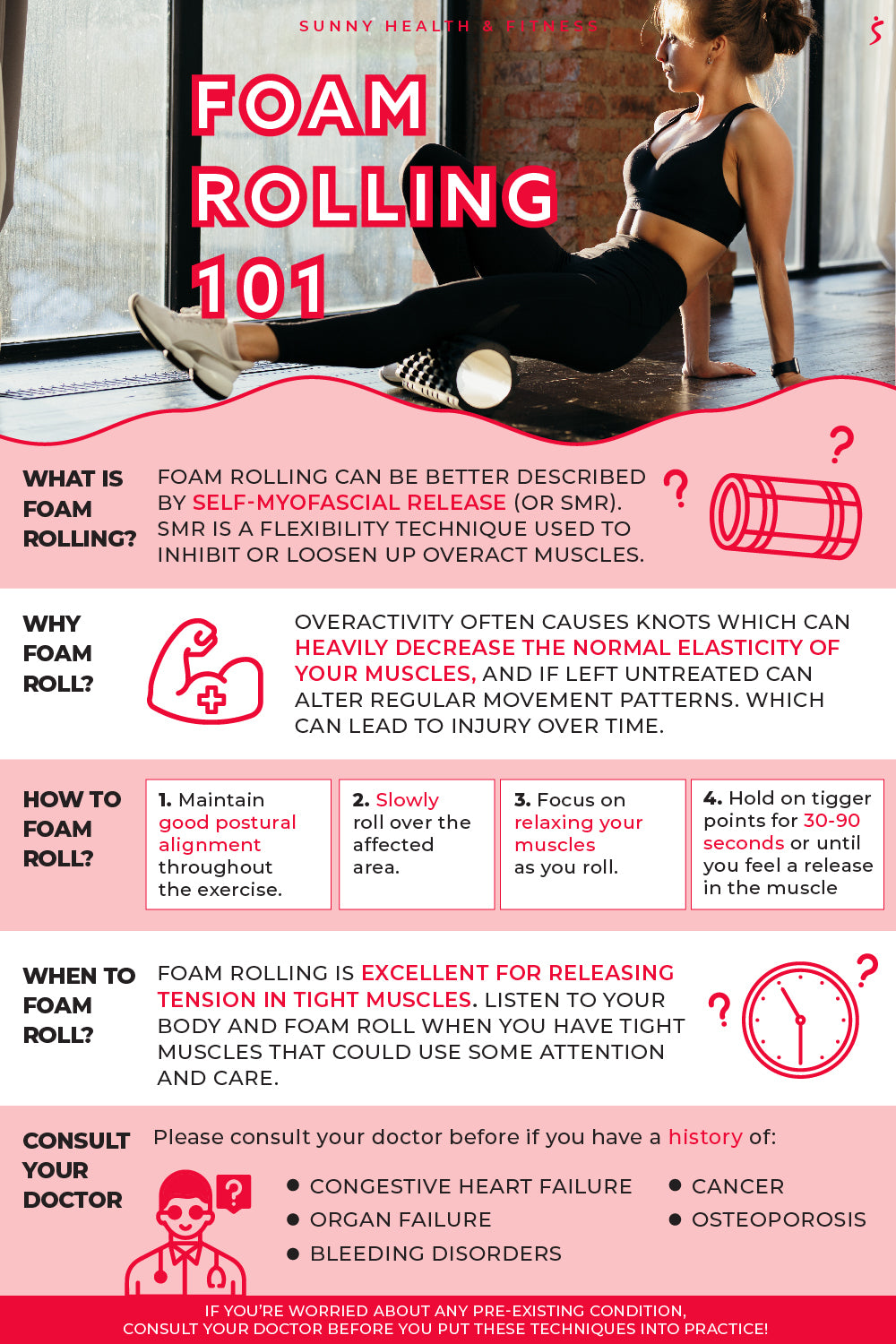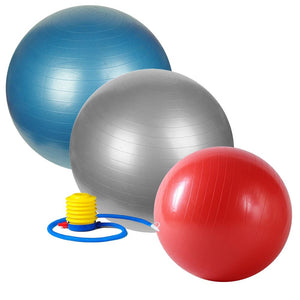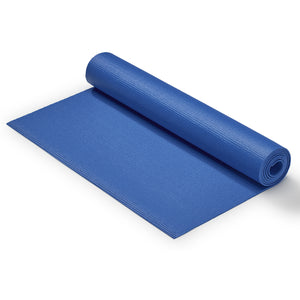Foam rolling is an incredible recovery practice to add to your fitness routine. No matter what kind of exercise you do, foam rolling can provide relief for sore muscles, and help relieve tension and knots that can build up in your muscles from regular exercise.
What is Foam Rolling?
Foam rolling can actually be better described by the umbrella term Self-Myofascial Release (or SMR). SMR is a flexibility technique used to inhibit overact muscles. In other words, loosen up tight muscles.
It works by helping you identify knots and adhesions and applying pressure to them to help break up the tension. It’s similar to the pressure relief one might experience during a deep tissue massage - but it’s way cheaper and you can do it yourself!
SMR can be performed with a foam roller, stick roller, or massage ball or similar items you may have at home like a tennis ball or lacrosse ball. Whatever you use, I recommend beginners start with a softer, larger object like a foam roller as this covers more surface area of the skin. Overtime progressing to harder, smaller objects can help you get deeper into your muscles, but these objects will hurt the most, and may be too much for a beginner to handle.
Why Foam Roll?
When working out we often place our body under stress. When you try something a little harder - such as running a little further, cycling a little faster, or weightlifting a little heavier - your muscles will be overloaded with this new challenge. Your body will adapt overtime as you make progress in your fitness, however this takes time. At first you might find your muscles feeling a little tight and sore.
Overactivity often causes these tight muscles to form adhesions or knots. Those knots can heavily decrease the normal elasticity of your muscles, and if left untreated can alter regular movement patterns. This altered movement can lead to injury over time, so it’s important to take care of knots and adhesions as they arise. Foam rolling and other SMR techniques are one of the most popular ways of relieving these knots!
How to Foam Roll?
To foam roll, follow these easy steps:
- Maintain good postural alignment throughout the exercise. This means keeping your spine in neutral alignment by bracing your core.
- Slowly roll over the affected area.
- Focus on relaxing your muscles as you roll. It’s natural to tense up, but it’s more difficult to relieve tension this way.
- Look for trigger points (spots that are tender, and hurt the most to roll over), hold on the spot for 30-90 seconds or until you feel a release in the muscle.
Hamstrings

Calves

Lower Back

Upper Back

Lats

Hip Flexors

Quads

Adductors

TFL/IT Band

Peroneals

When to Foam Roll?
You can foam roll as often as you like. In fact, foam rolling is excellent for releasing tension in tight muscles prior to exercise and can help you achieve a more comfortable workout. Foam rolling is also great as a recovery technique, to be completed at the end of your workout, or anytime throughout your day and week as part of a regular recovery plan! Listen to your body and foam roll when you have tight muscles that could use some attention and care.
Consult Your Doctor
SMR and foam rolling techniques are safe for healthy individuals, however there are some contraindications. Please consult your doctor before performing these techniques if you have a history of:
- Congestive Heart Failure
- Organ Failure
- Bleeding Disorders
- Cancer
- Osteoporosis
If you’re worried about any pre-existing condition, consult your doctor before you put these techniques into practice!



























Add Your Name & Email
Please enter your name and email to continue.We won’t display your email publicly.